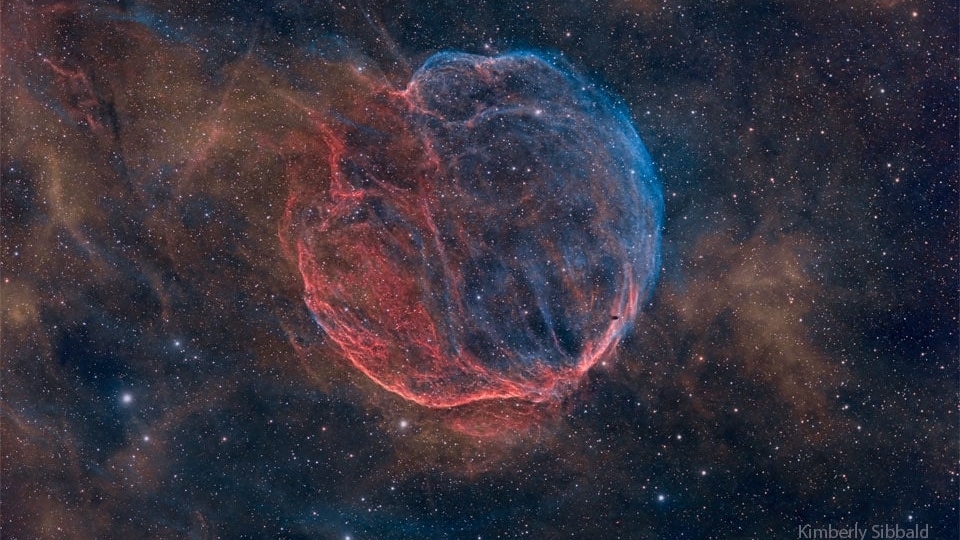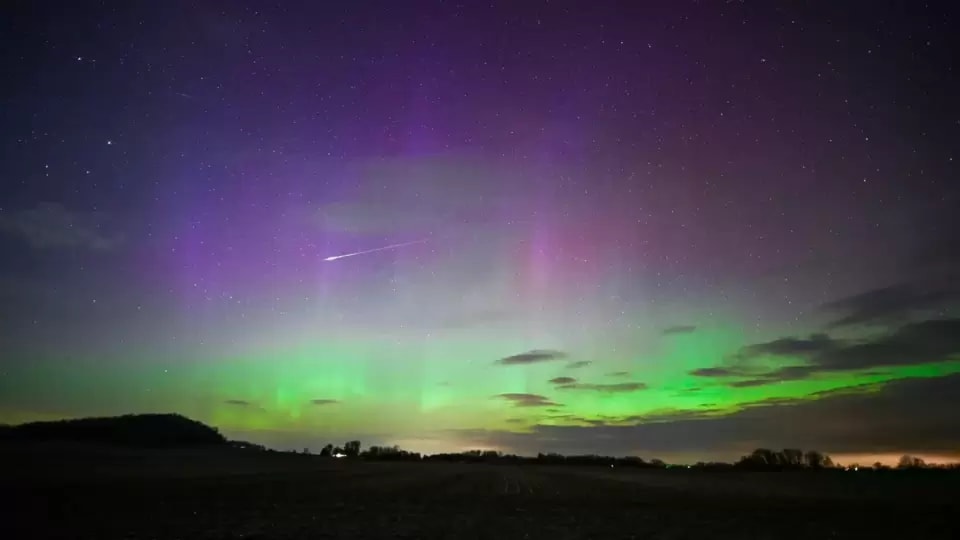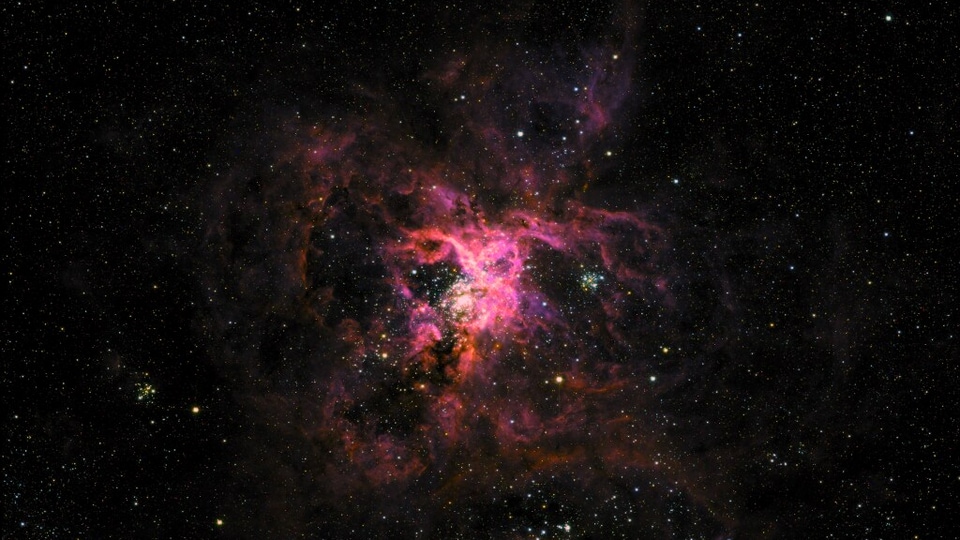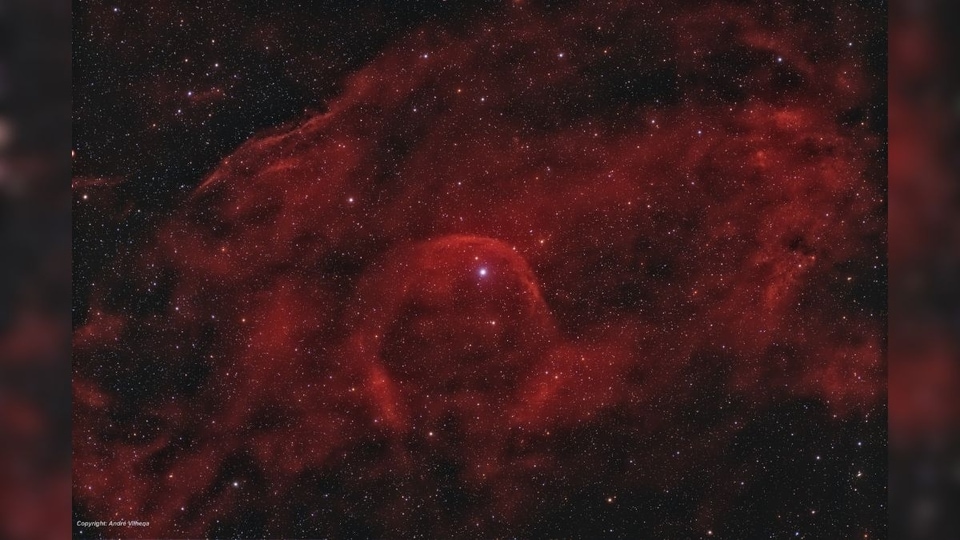Strong Geomagnetic storm set to hit Earth on May 23; NOAA alert says
A super-volatile Sun has spewed enormous amounts of energy out into space and NOAA has alerted about a geomagnetic storm that may hit Earth on May 23.






 View all Images
View all ImagesJust a few days back, a geomagnetic storm hit the Earth! A crack had opened in Earth's magnetic field on May 19th and sparked a G2-class geomagnetic storm. Resultantly, many northern-tier US states witnessed something remarkable - naked-eye auroras. This was probably a result caused by a near-miss CME that left the sun last week. And now, the fear is rising over a new solar flare! The National Oceanic and Atmospheric Administration (NOAA) has alerted about the threat of a strong approaching solar flare. NOAA is using the Geostationary Operational Environmental Satellite-16 (GOES-16) for the task.
The report by SpaceWeather.com has informed, "New sunspot AR3311 is crackling with strong M-class solar flares. There have been five eruptions so far today and one almost reached category X." The report further mentioned that each of these solar flares has caused a shortwave radio blackout with a significant loss of signal below 20 MHz.
NOAA ALERT!
NOAA has alerted in its report that radio blackouts reaching the R2 levels were observed over the past 24 hours. One of the largest recorded radio blackouts was recorded on May 20th 2023 12:35 UTC. Also, there are chances of S1 (Minor) solar radiation storms over the next two days from 21-23 May.
Due to this, R1-R2 (Minor-Moderate) radio blackouts are expected, with a chance for R3 (Strong) radio blackouts, due primarily to the flare potential from Region 3311, NOAA alerted. It is also expected to spark a G1-class geomagnetic storm late on 23 May.
Tech behind the solar flare observations
Geostationary Operational Environmental Satellite-16 (GOES-16) is operated by NASA and the National Oceanic and Atmospheric Administration (NOAA). It helps in sensing, solar imaging, and space environment measurement payloads. GOES-16 has provided continuous imagery and atmospheric measurements of Earth's Western Hemisphere, total lightning data, and space weather monitoring, providing critical atmospheric, hydrologic, oceanic, climatic, solar, and space data.
Catch all the Latest Tech News, Mobile News, Laptop News, Gaming news, Wearables News , How To News, also keep up with us on Whatsapp channel,Twitter, Facebook, Google News, and Instagram. For our latest videos, subscribe to our YouTube channel.
































